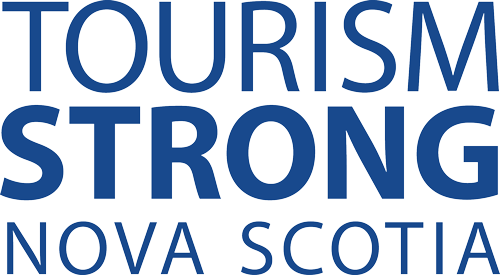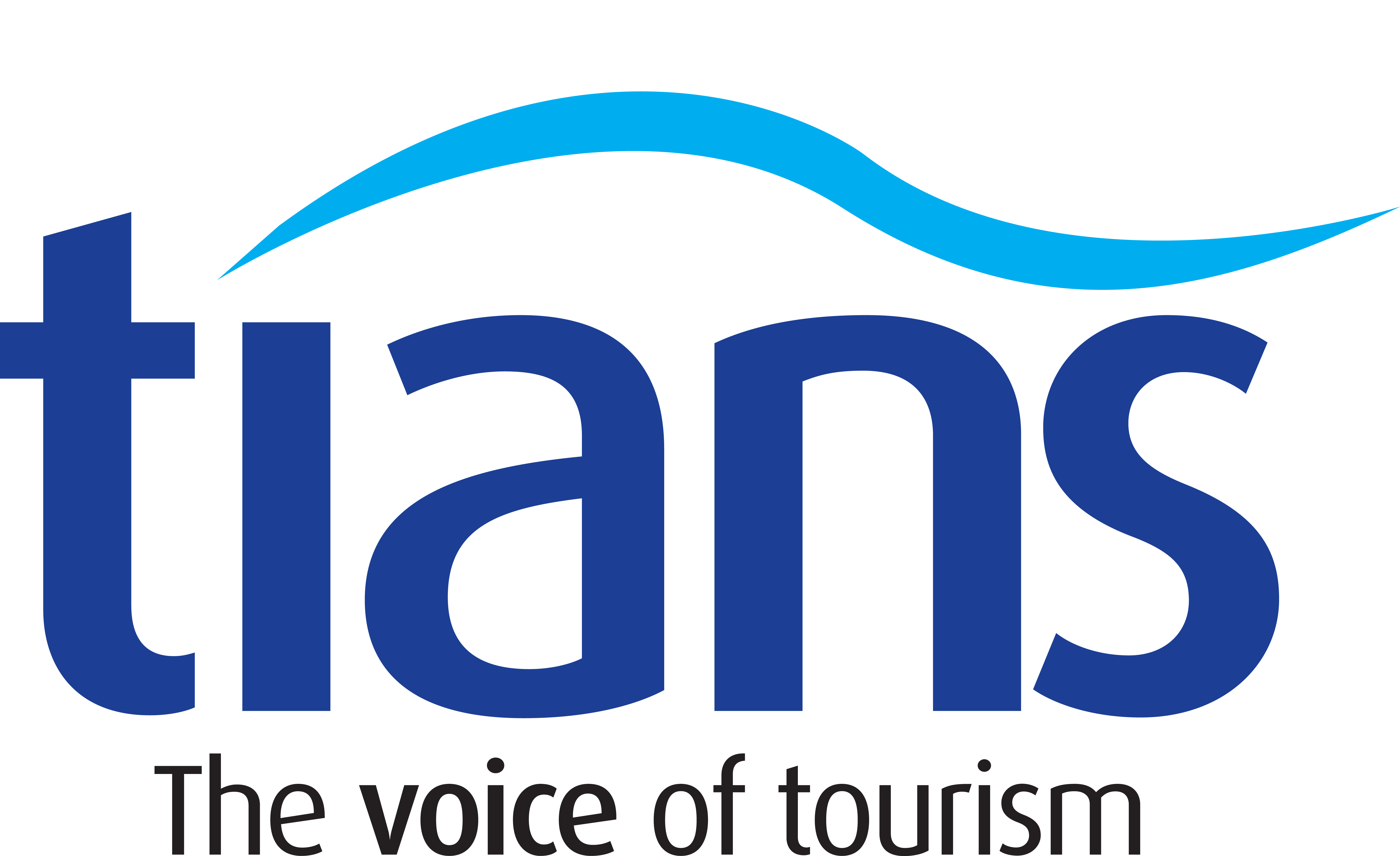Bill C-2, which received Royal Assent on December 17, 2021, included a new Local Lockdown Program to provide businesses that face temporary new local lockdowns with up to the maximum amount available through the wage and rent subsidy programs.
As the Omicron variant spreads and new regional public health restriction are put in place to limit capacity, the government is proposing to temporarily expand the Local Lockdown Program to better support workers and businesses. Under current rules, employers must face a lockdown to be eligible for the program. The government intends to use regulatory authority approved by Parliament in Bill C-2 to temporarily amend this requirement so employers can also qualify for the program if they are subject to a capacity-limiting public health restriction.
The government is temporarily expanding the Local Lockdown Program such that a business can now also qualify if:
- one or more of its locations is subject to a public health order that has the effect of reducing the entity’s capacity at the location by 50 per cent or more, and
- activities restricted by the public health order accounted for at least 50 per cent of the entity’s total qualifying revenues during the prior reference period.
In addition, the government intends to temporarily lower the current-month revenue loss threshold from 40 per cent to 25 per cent. Employers would continue to need to demonstrate current-month losses only, without the requirement for a historical 12-month revenue decline.
The rate would start at 25 per cent for eligible organizations with a 25-per-cent current-month revenue decline, increasing thereafter in proportion to current-month revenue loss up to a maximum rate of 75 per cent for those with a current-month revenue decline of 75 per cent or higher.
These temporary changes would be in effect for qualifying periods from December 19, 2021, to February 12, 2022 (Periods 24 and 25).
Table 1, below, details the proposed wage and rent subsidy rate structure for the Local Lockdown Program from December 19, 2021, until February 12, 2022.
| Current-month revenue decline | Period 24-25 December 19, 2021 – February 12, 2022 |
|---|---|
| 75% and over | 75% |
| 25-74% | Revenue decline e.g., 50% revenue decline = 50% subsidy rate |
| 0-24% | 0% |
Expanding Eligibility for the Canada Worker Lockdown Benefit
Bill C-2 included a new Canada Worker Lockdown Benefit to provide income support to workers whose employment is interrupted by specific government-imposed public health lockdowns and who are unable to work due to such restrictions.
To better support individual workers in the face of the new Omicron variant, the federal government is proposing to temporarily expand the definition of a public health lockdown for the purposes of the benefit.
With today’s announcement, the federal government intends to temporarily expand, by regulatory authority approved by Parliament in Bill C-2, the definition of a lockdown order to also include provincial and territorial orders involving capacity restrictions of 50 per cent or more – from December 19, 2021 to February 12, 2022. Furthermore, these regulatory changes would include reducing the minimum number of days a lockdown order needs to be in place to meet the new definition to 7 consecutive days, down from 14 consecutive days.
After February 12, the definition will revert to the original definition as set out in Bill C-2 which states that, for the purposes of the Canada Worker Lockdown Benefit, a lockdown order is an order made because of COVID-19 that requires premises where commercial activities or services are carried out to be closed to the public for at least 14 consecutive days in a region. Furthermore, these would be for non-essential services – i.e. services that are not essential to preserving life, health, public safety, and basic societal functioning.
The Governor-in-Council is empowered, on the advice of the Minister of Employment and Social Development Canada, to designate the regions where these lockdowns occur.
All other eligibility requirements of the benefit remain intact. The benefit would:
- Provide $300 a week.
- Be available to workers whose work interruption is a result of a government-imposed public health lockdown.
- Be available to workers who are ineligible for Employment Insurance (EI) and those who are eligible for EI, as long as they are not paid benefits through EI for the same period.
- Require workers to attest that they have lost 50 per cent or more of their income as a result of COVID-19-related lockdowns during the applicable period.
Individual workers whose loss of income or employment is due to their refusal to adhere to a vaccine mandate are not eligible for this benefit.
The extensions and expansions announced to the Canada Recovery Caregiving Benefit and the Canada Recovery Sickness Benefit remain in place. In October, the government announced that both of these benefits would be extended until May 7, 2022, and the maximum duration of benefits increased by 2 weeks. This extends the caregiving benefit from 42 to 44 weeks and the sickness benefit from 4 to 6 weeks. Individuals can now apply retroactively to periods between November 21, 2021 and December 11, 2021.
Individuals continue to be eligible for Employment Insurance benefits at the current temporary low common entrance requirements of 420 hours, through the temporary changes and simplifications announced in Budget 2021 to support Canadian workers in accessing EI.

